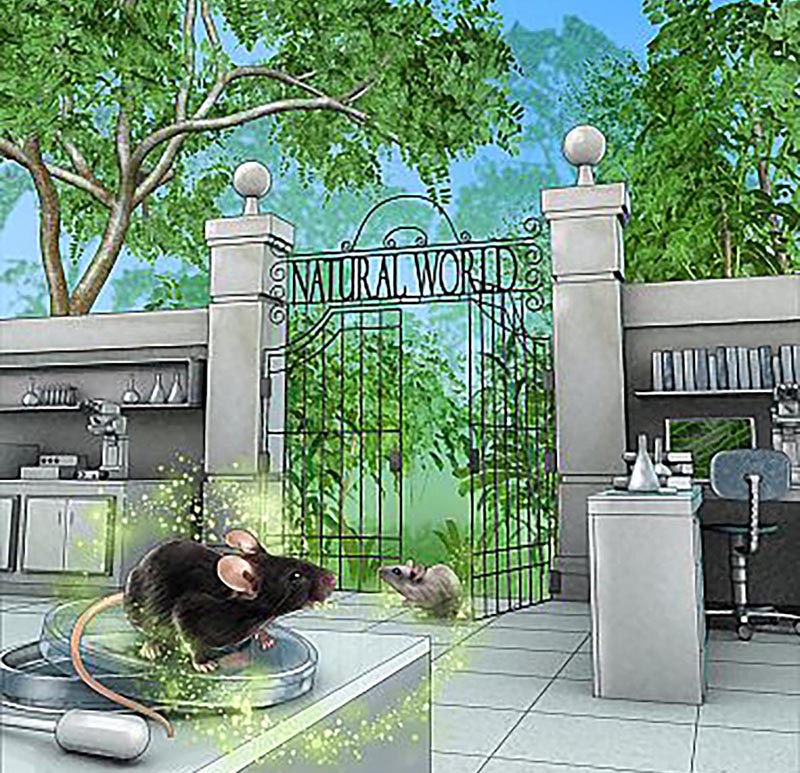“Wildling” mice could help translate results in animal models to results in humans
IRP researchers create mouse colony to address shortcomings of laboratory mice
Researchers at the National Institutes of Health developed a new mouse model that could improve the translation of research in mice into advances in human health. The mouse model, which the scientists called “wildling,” acquired the microbes and pathogens of wild mice, while maintaining the laboratory mice’s genetics that make them more useful for research. In two preclinical studies, wildlings mirrored human immune responses, where lab mice failed to do so. Led by scientists at the NIH’s National Institute of Diabetes and Digestive and Kidney Diseases (NIDDK), the study published online in Science.
“We wanted to create a mouse model that better resembles a mouse you’d find in the wild,” said Barbara Rehermann, M.D., chief of the Immunology Section in NIDDK’s Liver Diseases Branch and senior author on the study. “Our rationale was that the immune responses and microbiota of wild mice and humans are likely shaped in a similar way — through contact with diverse microbes out in the real world.”
Microbiota refers to the trillions of tiny microbes, such as bacteria, fungi, and viruses, that live in and on the bodies of people and animals and play a critical role in keeping immune systems healthy. Unlike squeaky clean lab mice raised in artificial settings, wild mice have developed symbiotic relationships with microbes they have encountered in the outside world — just as people have done.
This page was last updated on Friday, January 21, 2022
